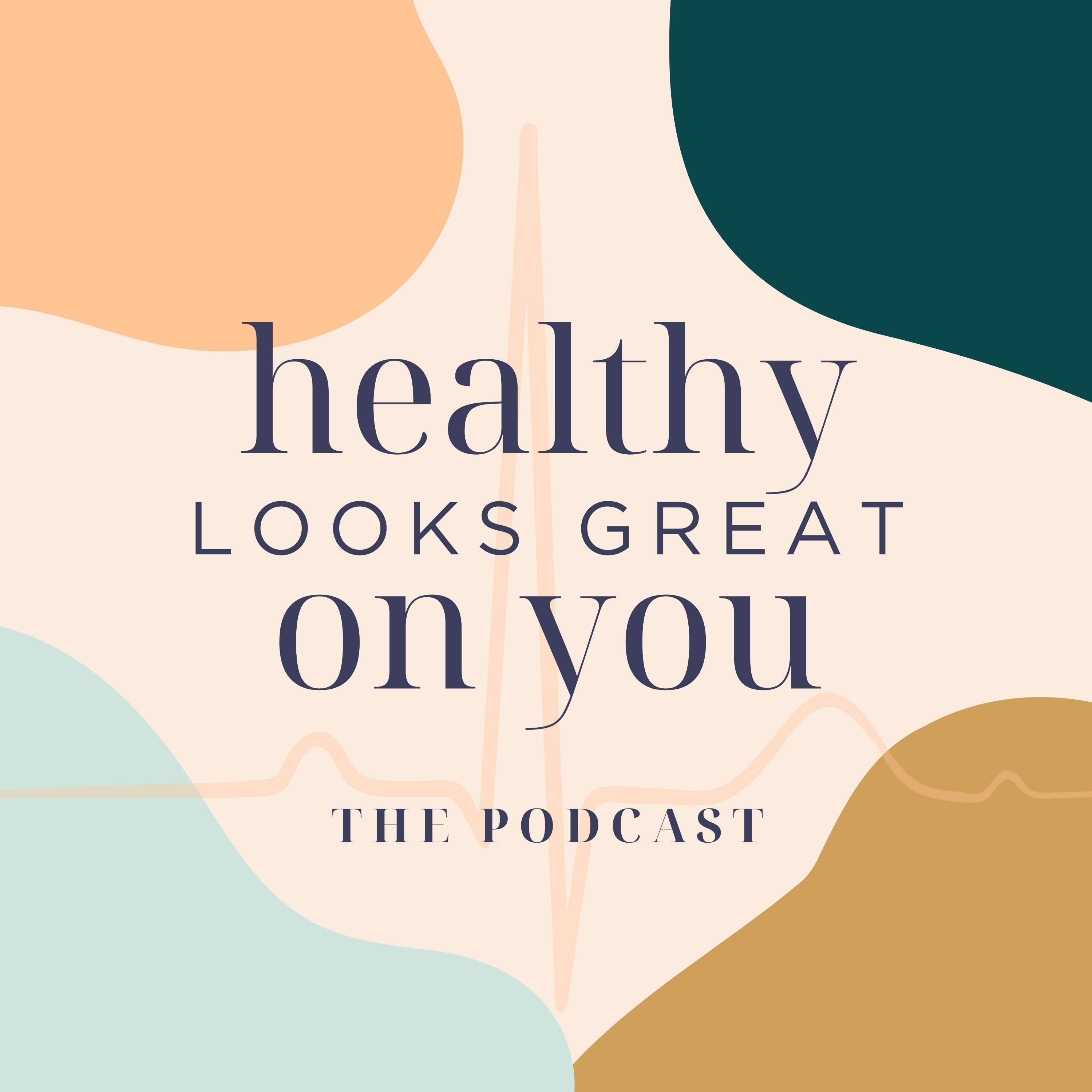Discover Black Friday wellness gifts from all six pillars of lifestyle medicine. Fitness, sleep, nutrition, stress relief, and more—Dr. Vickie’s top picks!

Healing Lupus with Dr. Brooke Goldner
HEALING LUPUS WITH DR. BROOKE GOLDNER
Follow on Social Media
Turn off your mind so you can sleep free cheat sheet
Do you have trouble sleeping because your thoughts spin? I created this cheat sheet to help you shut off your mind and turn on restorative sleep.
Hosted by:
Vickie Petz Kasper, M.D.
American Board of Lifestyle Medicine Diplomate
Learn more about Dr. Vickie
Healing Lupus and Autoimmune Disease Through Nutrition with Dr. Brooke Goldner
Today, I’m bringing you a truly special conversation that every woman facing chronic illness, autoimmune struggles, or daily inflammation needs to hear.
I’m joined by Dr. Brooke Goldner — bestselling author of Goodbye Lupus, Goodbye Autoimmune Disease, and a physician who has helped thousands of people reverse autoimmune conditions using a results-based, plant-powered protocol rooted in cellular repair and nutrition.
And what makes her story even more powerful?
She was a lupus patient facing kidney failure, chemotherapy, and being told she had six months to live.
In this episode, we talk about:
- The unexpected way nutrition helped Dr. Goldner reverse her autoimmune disease
- Why protein panic is overhyped
- What most doctors (and even influencers) get wrong about “anti-inflammatory diets”
- The emotional work behind healing: resilience, joy, trauma recovery, and choosing life at level 10
- And how a simple smoothie protocol has changed lives — without perfection or pricey supplements
We also dive into her rapid recovery program, her free community education work, and how healing is about more than just what you eat.
Learn more at Goodbye Lupus
If you’ve ever felt like your diagnosis defines you…
If you’ve been told “you’ll just have to live with it”…
If you’re exhausted from managing symptoms with meds but not feeling any better…
You need this conversation.
👉 And if you want a real-life step toward healing your body from the inside out, don’t forget to grab my Free Pantry Guide — 10 plant-forward staples that make healthy eating easy, even when you don’t have a plan.
🛒 Get it here: https://healthylooksgreatonyou.com/pantryguide/
Let this episode remind you: You’re not broken. You’re not alone. And healing is possible.
Because healthy looks great on you.
Related Episodes
Black Friday Healthy Buy Guide
The Food Feeling Connection
Discover how the food you eat affects your mood, energy, and clarity. Learn the science behind cravings and simple habits to feel calmer, clearer, and more energized.
Healthy Carbs for Energy and Gut Health: What You Need to Know
Are carbs bad for you? Learn which carbs fuel your body, boost energy, and support gut health in this practical, science-backed lifestyle podcast.

All information associated with this website is for informational and educational purposes only and is not meant to be a substitute for medical advice. Please visit the Disclaimer; Conditions, Terms of Use to learn more.





